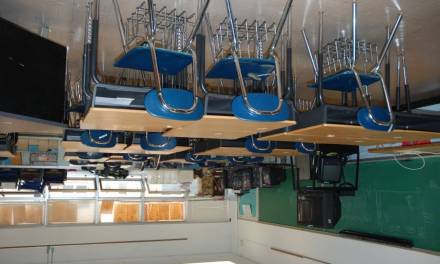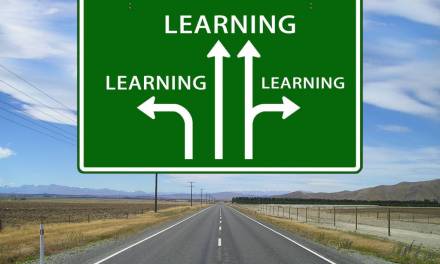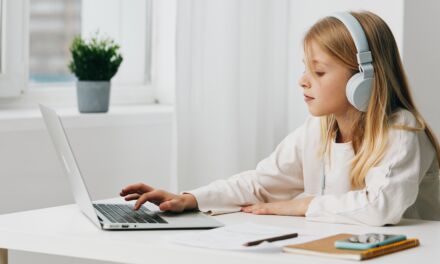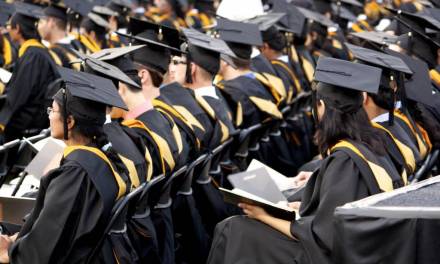The flipped classroom is becoming an increasingly popular teaching method which has developed alongside the use of digital technology as a tool for learning. It is creating a new direction and role change for teachers as they are swapping their position at the front of the classroom to one with a more collaborative and cooperative contributory edge.
What is the flipped classroom?
The flipped classroom is a model with pedagogical theory where the traditional lesson and homework aspects are reversed.
Whilst there is no standard format to a flipped classroom session, students will often watch a video at home before the lesson takes place and then when they are in the classroom the time is dedicated and focused on activities such as projects and discussions around the video already viewed. The central pivot to the whole lesson is the video and these can either be ones which have been created by the teacher or have been selected from an inventory of relevant subjects. Podcasts are sometimes used as the pre-lesson material to access but video is now so accessible it is seen as the preferred medium.
What is the thinking behind a flipped classroom?
The whole notion of the flipped classroom centres on student engagement and the combination of this with active learning and a comprehensive hybrid course scheme of work.
The real value of undertaking a flipped classroom as a teaching activity is the complete repurposing of the lesson time in the classroom and turning it into a workshop environment with the teacher as the facilitator. They have the opportunity to discuss and verbally investigate the content of the video and test the skills they have learned. It means that the students can interact within groups in directed hands-on activities through the teacher acting as adviser and they can encourage the students to contribute through both individual questioning and inquiry as well as collective effort.
What are the benefits of the flipped classroom?
In a traditional style lesson, the students spend the time trying to take in and process the information from the teacher as it is being taught. It’s usually not immediately possible to reflect on what has just been said and there’s every chance that important points could be missed because they are either trying to understand the previous few minutes of teaching or perhaps are undertaking activities which are not part of the lesson itself.
The use of a video before the lesson takes place means the student is in control of their learning. By using pre-recorded media they can watch it at a pace and time which suits them and also rewind if needed so they can understand the points of the topic. This feature is particularly useful if there are students with learning difficulties such as hearing issues as they can watch the video with subtitles or perhaps if English is not their first language, it can be listened to again or utilise any onscreen subtitles in their first language where available.
The use of time in the classroom for collaborative projects encourages student interaction and the improvement of social living skills. They can learn from each other and there’s also the opportunity for the teacher to detect any widespread errors in learning from the discussion and interaction which takes place.
The future of the flipped classroom within a curriculum syllabus
The flipped classroom opens up the opportunity for students to cast off their passive role within the education process and helps to put more responsibility of actual learning on their shoulders. It also serves the purpose of giving impetus to student led communication and experiments in learning and the devotion to learning in a kinaesthetic manner brings about a shift in learning priorities. Rather than merely being in a classroom to cover mandatory material and there being no initiative to further their own knowledge through research, students now take the lead in working towards mastering a subject and becoming a self-taught expert.









